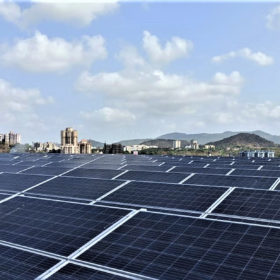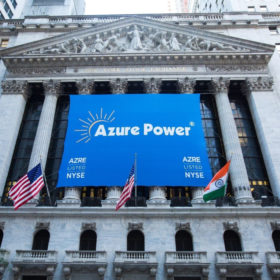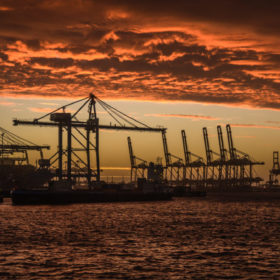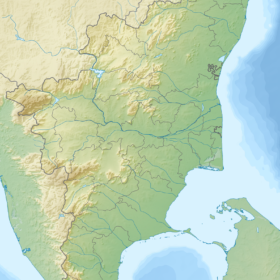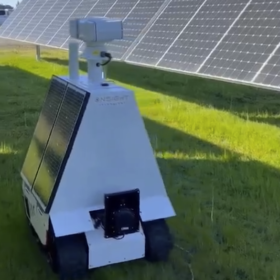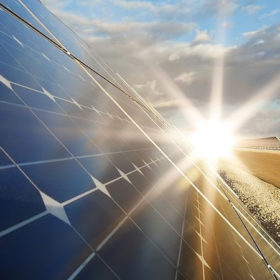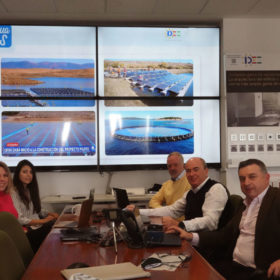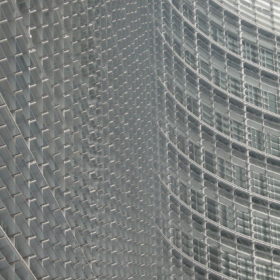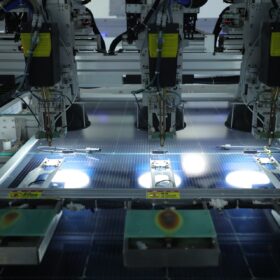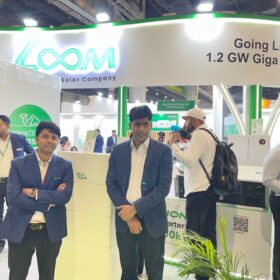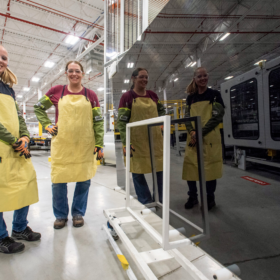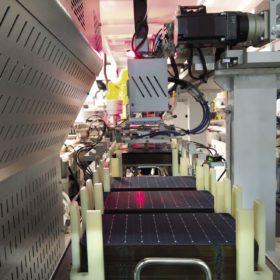Blockchain technology in renewable energy
The present system of the energy sector is centralized due to which the prosumer’s and consumers’ direct connection is yet to be formed. It’s due to persisting challenges like transaction efficiency, security and data transparency in the Indian energy market. The blockchain is a data-driven technology that helps create a very transparent process in data sharing among the peers involved in the system and sort out the challenges persisting in the energy market.
Azure Power commissions 300MW solar project in Rajasthan
The solar power project, located in the Bhadla region, will supply power to Solar Energy Corporation of India for 25 years at a tariff of INR 2.58 (US 3.7 cents) per kWh.
Paving the way for green hydrogen certification
The International Renewable Energy Agency has outlined a series of technical considerations for green hydrogen tracking systems. According to the document, a degree of flexibility should be taken into account in the short term to ensure that the nascent green hydrogen market can develop.
Tamil Nadu plans to add 20GW of solar capacity by 2030
The proposed solar power capacity, to be developed across the State, will be combined with adequate battery storage systems to ensure an uninterrupted power supply to the consumers.
Fully autonomous robot for solar O&M
OnSight Technology has developed a tele-operated vehicle to clean solar arrays. It is equipped with a radiometric thermal imaging camera and an optical zoom camera backed by artificial intelligence. It has a range of 12 hours and a speed of 1.6 km per hour.
India installed 3.2GW of solar in Q4 2021
The nation’s cumulative solar capacity surpassed 50GW by the end of December last year.
Nagaland government signs 20MW solar PPA with Halo Energie
The Northeastern State, which meets most of its power requirement from hydroelectricity, will have a 20MW solar plant developed by Telangana based Halo Energie.
Solar desalination via floating PV in Spain
The Agua+S project under development in the Spanish region of Andalucia is aimed at combining a desalination plant, a pumping station network, and an onshore, floating photovoltaic plant in a single project design. According to its developers this is the first time that these three facilities have been combined together in a fully reproducible design that could be replicated in any river basin that has a reservoir and is close to the coast, to produce fresh water for both irrigation and human consumption.
The EU plan to drastically ramp renewables to replace Russian gas
The European Commission yesterday announced its intent to remove demand for two-thirds of its Russian gas supply in less than nine months and hugely accelerating the rate of solar deployment is a central part of its radically raised clean energy ambition.
Solar parks could help to increase rainfall in arid regions
New modeling suggests that the reduction in albedo caused by large-scale solar plants could double rainfall in the Red Sea coastal plain of Saudi Arabia.
